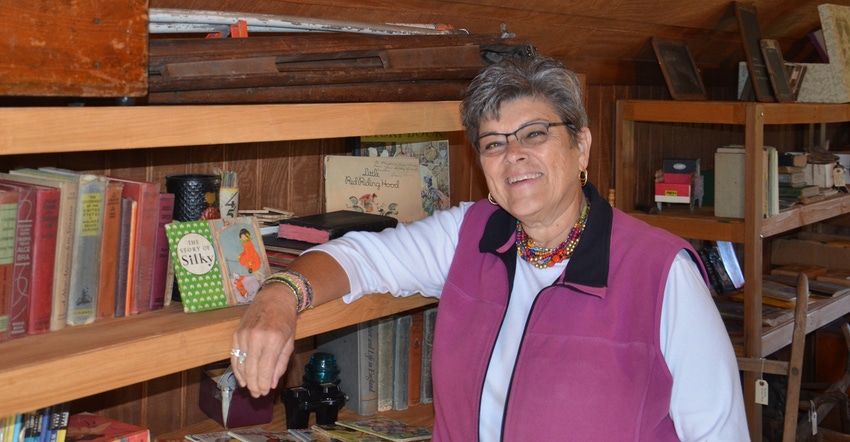
Jane Hardisty served Indiana as the state soil conservationist for the Natural Resources Conservation Service for 17 years. She retired recently, with Indiana as a leader in implementing soil health management systems.
One of Hardisty’s last acts was providing a framework for the formation of the Indiana Agriculture Nutrient Alliance. She says IANA will help coordinate many other successful efforts already underway, and take them to a new level.
10 achievements
Hardisty lists the following achievements in nutrient and water quality management in Indiana. She believes these set the stage for IANA to take programs to the next level.
1. Million-acre cover crop club, two years running. Indiana producers have planted more than 1 million acres of cover crops for the past two years, Hardisty says.
2. USDA cost-share prompting additional planting of cover crops. NRCS data indicate that for each acre of cover crops USDA pays a farmer to plant through a farm bill program, another 4 to 5 acres of cover crops are planted without cost share. Hardisty says that’s significant because it shows farmers are making a business decision to invest in cover crops.
3. No-till acreage in a wet spring. Tillage transects estimate there were still 3,860,909 acres of no-till corn and soybeans in Indiana in 2017, despite a wet spring and some prevented planting acreage.
4. Fertilizer retailers involved. Retail fertilizer dealers in northeast Indiana are leading the way in becoming 4R-certified. This program encourages farmers and dealers to apply fertilizer with the right source, at the right rate, at the right time and in the right place to maximize efficiency for crop use.
5. Several soil health partnerships at work. These groups include the Indiana Conservation Partnership, the Committee of Ag Executives and the Ag Nutrient Task Force. The shared goal is reducing ag nutrient loss downstream. The Ag Nutrient Task Force was the primary driver behind IANA.
6. Programs that share information. INField Advantage, promoted by the Indiana State Department of Agriculture, allows groups of farmers in different locations to test various practices. Once a year, they gather to share results and ideas.
7. Other successful programs. The Conservation Cropping Systems Initiative has 17 demonstration sites around Indiana, including 12 on farms. CCSI sponsors field days and even leadership and media training to encourage farmers to learn about and adopt soil health practices, and to be better equipped to tell others why they do it. The Soil Health Partnership covers several states, with the same objective of educating farmers about the benefits of cover crops and other practices. The Indiana Department of Natural Resources carries out the Healthy Rivers Initiative.
8. Nationally recognized strategies. The Indiana Nutrient Reduction Strategy for the Gulf of Mexico is geared to developing specific strategies to reduce nutrient loading in the gulf. Other states, particularly Illinois, have similar groups that develop recommendations growers can use.
9. More strategies. The Indiana Nutrient Management and Soil Health Strategy was developed by ag groups with input from agencies and conservation organizations, Hardisty says. The Domestic Action Plan for the Western Lake Erie Basin is active in northeast Indiana.
10. Birth of IANA. IANA is possible because of a $750,000 contribution agreement between NRCS and Indiana Farm Bureau, Hardisty says. Partners will provide a 25% match. She believes this unique partnership will help Hoosier farmers be proactive in reducing nutrient loss and protecting water quality.
About the Author(s)
You May Also Like




